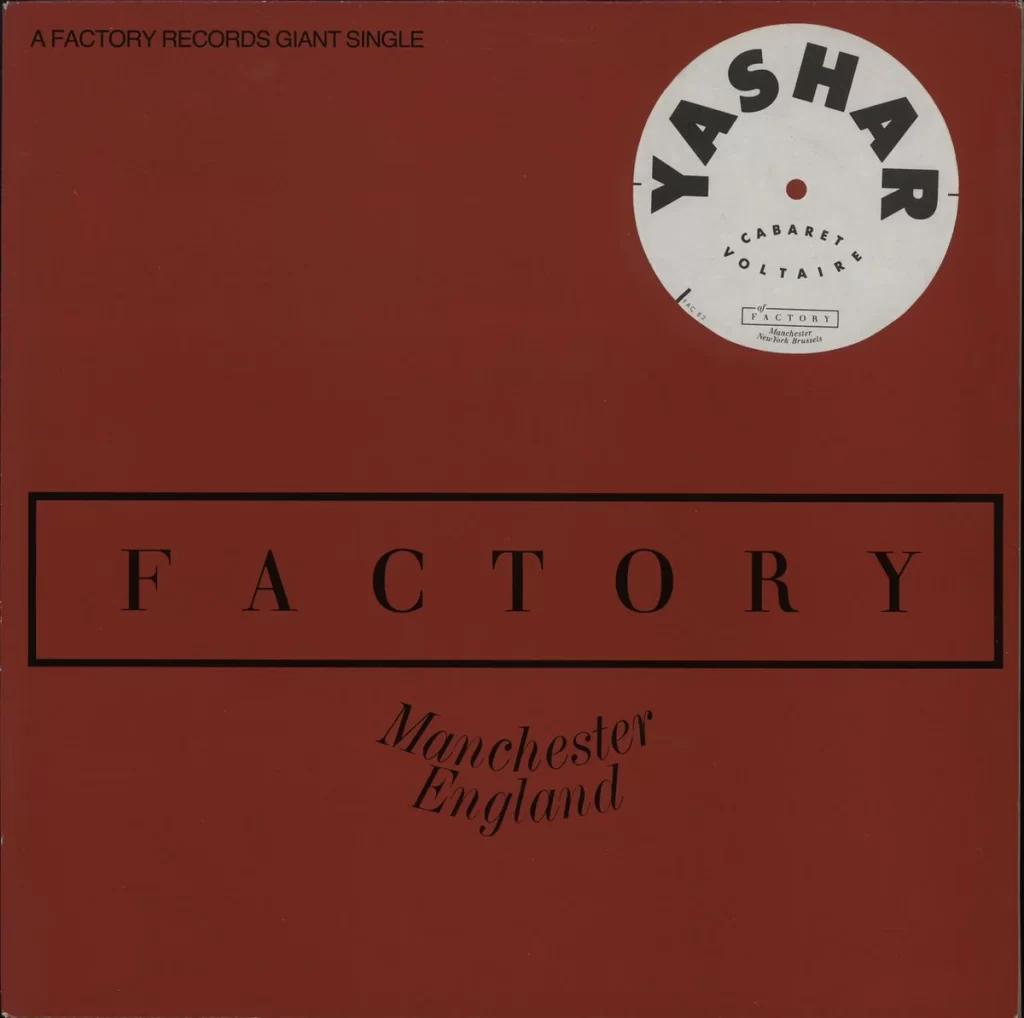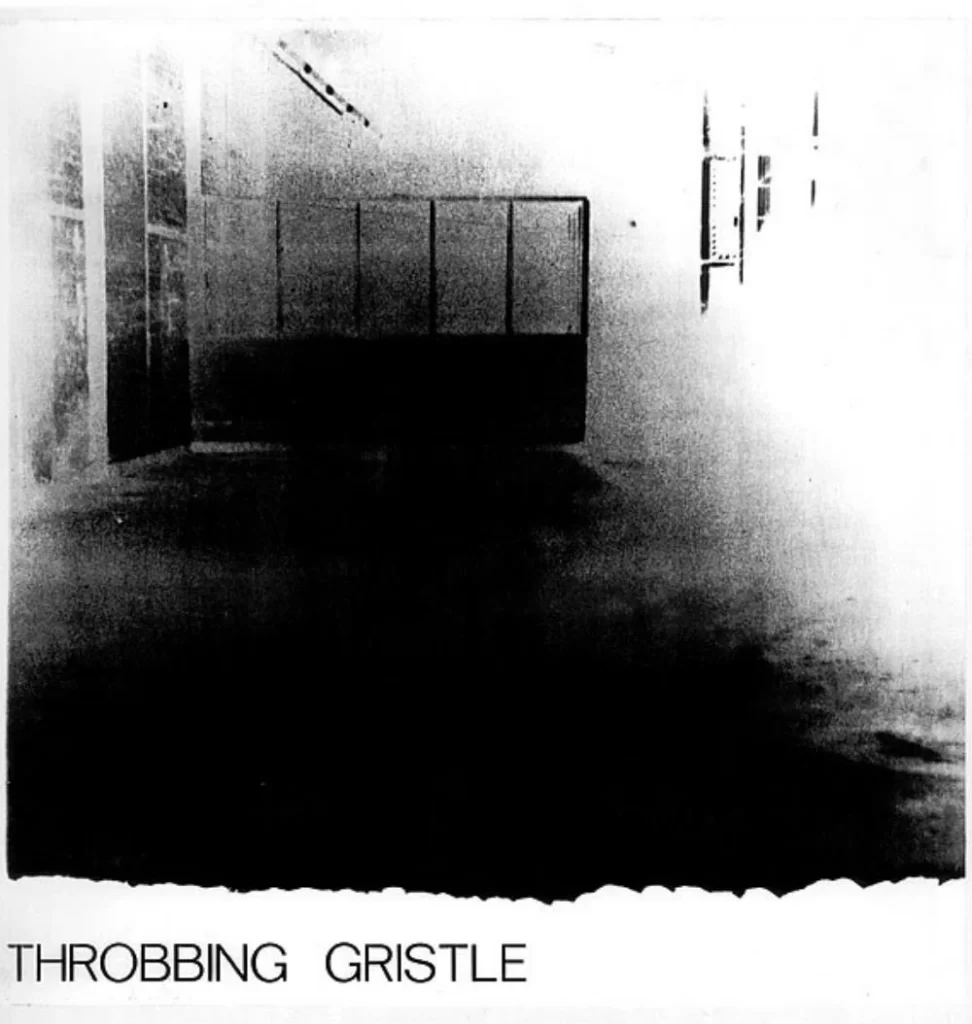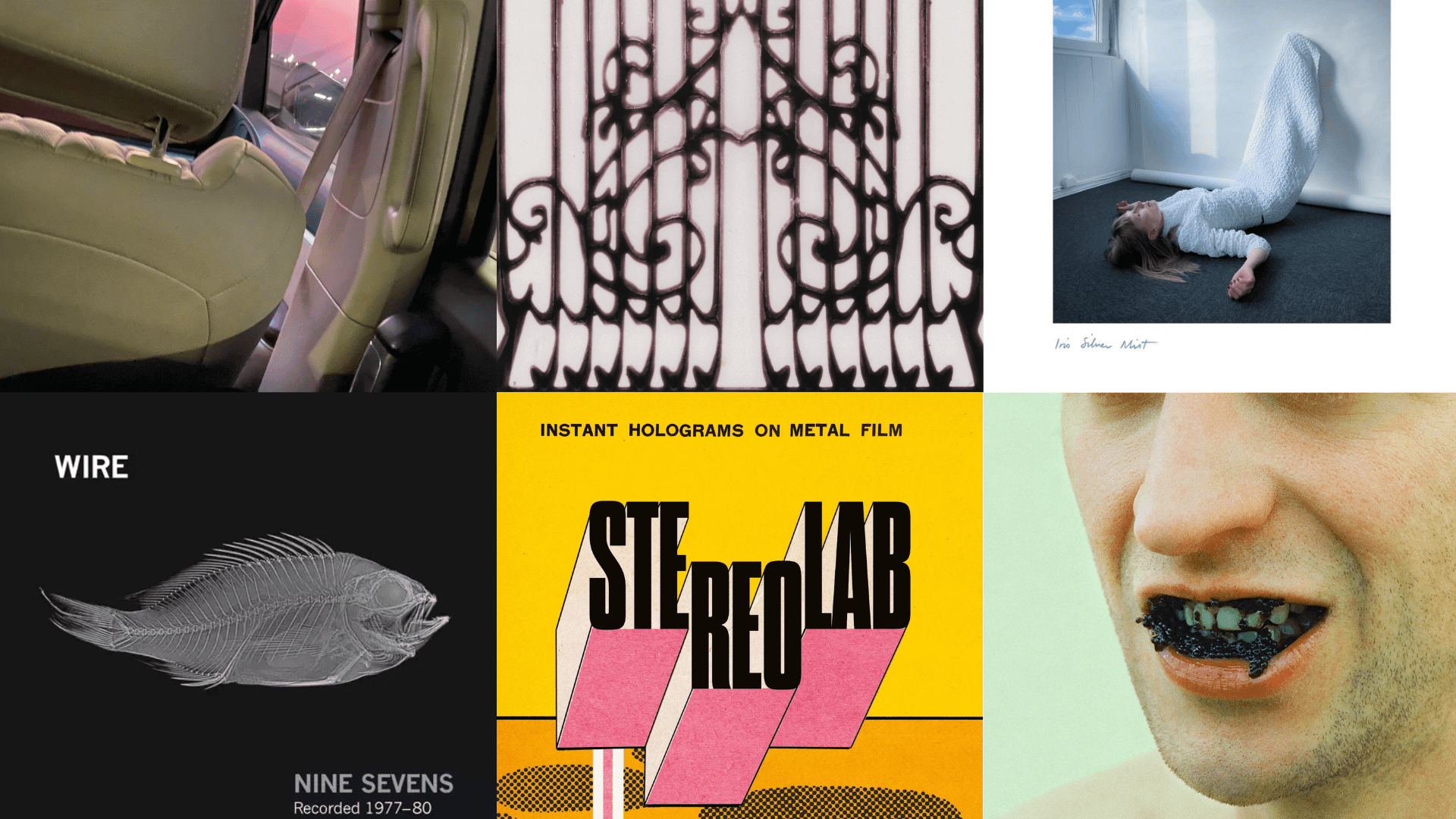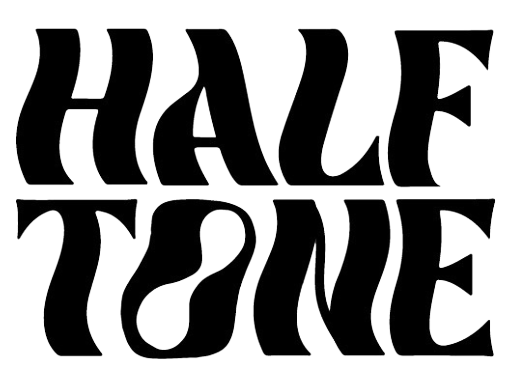

Industrial, Synth-Punk & EBM Mix – Halftone Magazine Radio Ep. 01
Table of Contents
Halftone Magazine Radio has launched its first episode, presenting a curated mix focused on electronic music genres from the late 1970s and early 1980s, including Industrial, Synth-Punk, Electronic Body Music (EBM), and Minimal Synth.

Halftone Magazine has launched its first radio show broadcasting from Brussels Belgium.
In our inaugrial episode we present a curated mix focused on electronic music genres from the late 1970s and early 1980s, including Industrial, Synth-Punk, Electronic Body Music (EBM), and Minimal Synth.
The mix, titled “Industrial, Synth-Punk & Industrial Mix – Ep. 01,” features tracks from influential artists such as Cabaret Voltaire, Deutsch Amerikanische Freundschaft (DAF), Severed Heads, Mort Garson, and Rational Youth.
If you can’t be bothered reading about some background info on these genres alongside some standout tracks, then just skip ahead to the full mix.

Setting the Scene
It’s only a few tracks. But it’s still a worthwhile selection highlighting a period of significant transition in music. Spefically following the initial wave of punk rock, as artists began incorporating newly accessible electronic instruments like synthesizers and drum machines into their work. Gary Numan is the go-to example of swapping guitars for synths.
This era saw the formation of distinct sounds that diverged sharply from mainstream rock and pop conventions.
Industrial Music Origins and Key Releases
The Industrial genre emerged primarily in the United Kingdom during the mid-to-late 1970s, characterized by experimental noise, tape manipulation, and often controversial themes challenging societal norms.
Think of Throbbing Gristle, coining the term with their label Industrial Records, released foundational works like “The Second Annual Report” in 1977.
Sheffield-based Cabaret Voltaire, featured in the mix, was central to this movement. Formed in 1973, their early output included the self-released “Extended Play” EP (1978) on Rough Trade, followed by their debut album “Mix-Up” (1979).
Their sound evolved through subsequent releases like the critically acclaimed “Red Mecca” (1981) and “2×45” (1982), the latter featuring the original version of “Yashar,” a track later remixed for single release in 1983 on Factory Records. Cabaret Voltaire’s work often explored themes of surveillance and media manipulation, utilizing found sounds and electronic processing.
Synth-Punk and the Development of EBM
Synth-Punk combined the energy and DIY attitude of punk with minimalist electronic instrumentation. While US acts like Suicide (debut album “Suicide,” 1977) and performance art groups like The Screamers were early explorers of synth-driven punk sounds, the genre found fertile ground in Europe.
Deutsch Amerikanische Freundschaft (DAF), formed in Düsseldorf in 1978, became a defining act. Initially a larger lineup releasing “Ein Produkt der Deutsch-Amerikanischen Freundschaft” (1979), the group solidified as the core duo of Gabriel Delgado-López (vocals) and Robert Görl (drums, electronics).
Their influential period included albums released via Mute Records and Virgin Records: “Die Kleinen und die Bösen” (1980), “Alles Ist Gut” (1981), “Gold und Liebe” (1981), and “Für Immer” (1982). These records featured stark, powerful rhythms, minimal sequencer lines, and provocative German lyrics, establishing a blueprint for Electronic Body Music (EBM). DAF was also associated with the Neue Deutsche Welle (NDW) movement in Germany.
The development of EBM in the early 1980s involved artists focusing on repetitive, danceable electronic rhythms. Alongside DAF, key early European EBM and related electronic tracks included Liaisons Dangereuses’ “Los Niños del Parque” (1981), Die Krupps’ “Wahre Arbeit Wahrer Lohn” (1981), and early singles by Belgium’s Front 242, such as “U-Men” (1982). UK group Nitzer Ebb began releasing influential EBM singles like “Isn’t It Funny How Your Body Works?” in 1984.

Minimal Synth, Cold Wave, and Experimental Works
The Halftone Magazine Radio mix also touches upon related styles like Minimal Synth and Cold Wave, often characterized by sparser electronic arrangements, colder atmospheres, and sometimes more melodic vocals compared to EBM.
Canada’s Rational Youth, formed in 1981 and included in the mix, released their notable album “Cold War Night Life” in 1982.
Other influential artists in this vein include the UK’s Fad Gadget (Frank Tovey), whose debut album “Fireside Favourites” appeared in 1980, and John Foxx’s solo work, such as “Metamatic” (1980).
Representing experimental electronic approaches, Australia’s Severed Heads, formed in 1979, utilized tape loops, sampling, and synthesized sounds, often releasing work initially on cassette. Early albums like “Clean” (1981) and “Blubberknife” (1983) showcased their unique style, which frequently incorporated experimental video work.
Mort Garson's Music for Advertising II
The mix also references Mort Garson, an earlier pioneer of electronic music known for his work with Moog synthesizers in the 1960s and 1970s.
Releases such as the occult-themed “The Wozard of Iz” (1968) and the plant-focused “Mother Earth’s Plantasia” (1976) demonstrate foundational developments in synthesizer composition that predate the post-punk electronic explosion.
We choose the short moody Music for Advertising II from Garson which feels suited pretty well to the other tracks given its heaviness.
Mix Overview and Availability
Halftone Magazine Radio’s first episode provides a curated overview of these interconnected genres from a specific historical period, roughly spanning 1978 to 1983. An introduction at best. A cobbled together placement of good tracks at worst.
The selected tracks promote artists whose work proved influential on subsequent developments in music. Techno, electro, industrial rock, and various alternative music scenes start with these tracks as a foundation.
The mix serves a point of reference, a reminder and a highlighting of key releases and the distinct sounds that emerged from the post-punk aesthetics and advancing electronic technology.
The episode can also be streamed via Mixcloud.
Related Posts


